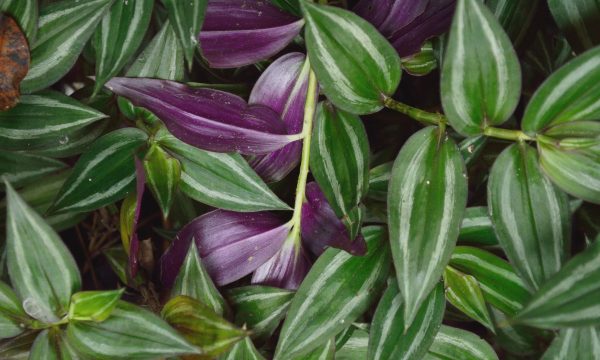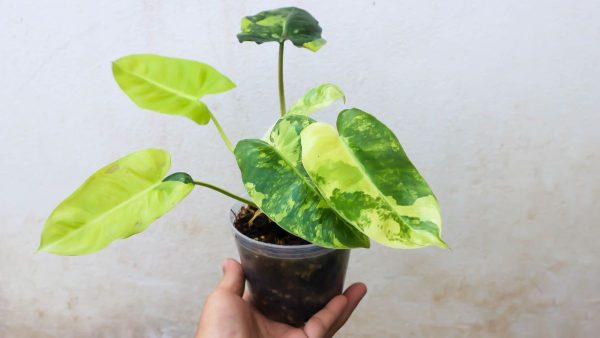The Calathea plant, or the prayer plant, is a tropical beauty known for its decorative leaves that often feature unique patterns and vibrant colors.
But do you know how to grow this plant at home and how to care for it on your own? If not then don’t worry not.
In this article, we are going to discuss the detailed method of growing Calathea and how to care for it.
How to Grow Calathea from Seed?
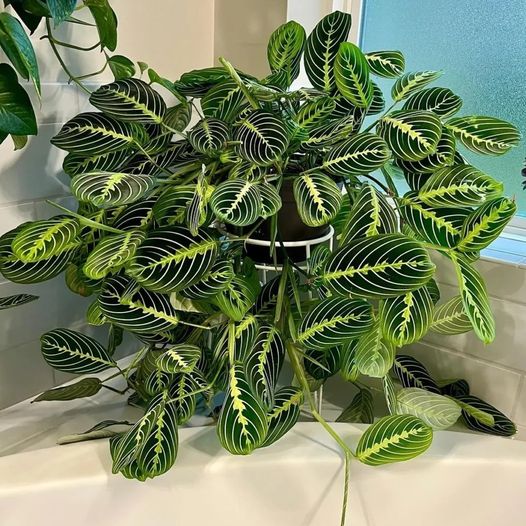
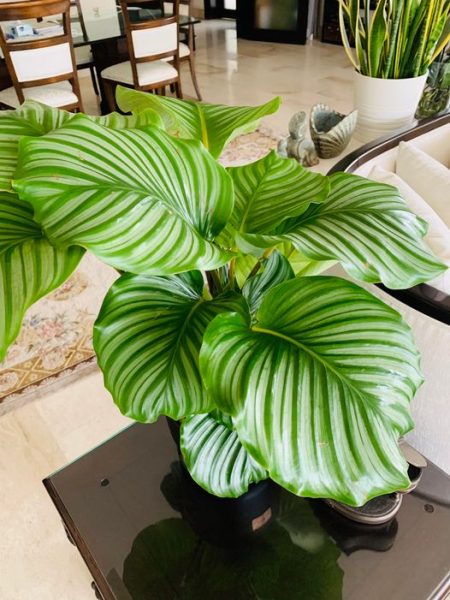
Growing the Calathea from seed is a less expensive but time-consuming method. Here are the items you will need in this method.
- Calathea seeds
- Seed starting mix
- Pots or seed trays
- Plastic wrap or a clear plastic dome
- Watering can or spray bottle
- Heat mat (optional)
- Grow lights (optional)
1. Get the Seeds Ready
Start by sourcing high-quality Calathea seeds from a reputable supplier.
This ensures your seeds have the best shot at germinating. Remember, the fresher, the better.
2. Prep Your Potting Mix
Use a well-draining, peat-based potting mix. Calatheas are a bit finicky about their soil. Make sure it’s light and allows for good airflow to the seeds.
3. Sow Your Seeds
Lightly press the seeds into the surface of your moist potting mix. Calathea seeds need light to germinate, so don’t bury them. Just a gentle press will do.
4. Maintain Ideal Conditions
Cover your pot with plastic wrap or a clear plastic dome to keep humidity high, which is important for Calathea seeds.
Place your setup in a warm spot with plenty of indirect light. Avoid direct sunlight, as it can be too harsh.
5. Watch for Germination
Check your seeds daily, ensuring the soil stays lightly moist but not soggy. Vent your setup occasionally to freshen the air.
Expect to see sprouts in 3-4 weeks, but be patient; sometimes, they take longer.
How to Propagate Calathea by Division?
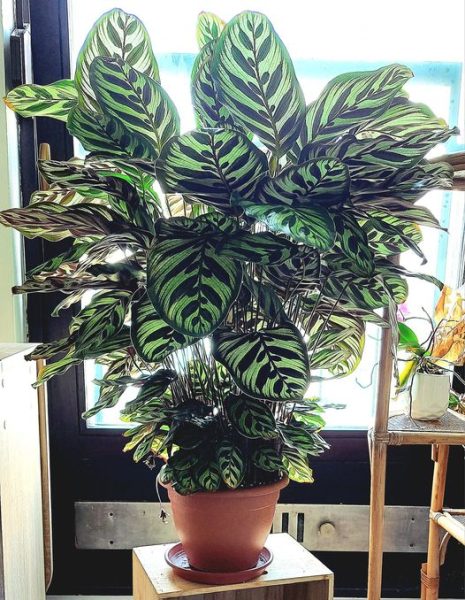
Propagation of the Calathea by division is a very simple method to grow this plant. Here are the items you must have before doing this.
- Potting mix
- Water
- Pots or containers
- Pruning shears or a sharp knife
- Rooting hormone (optional)
- Plastic bags or plastic wrap (optional)
1. Choose the Right Time
Start in the spring or early summer when your Calathea is actively growing.
This timing gives your new plants the best shot at taking root and thriving.
2. Prepare Your Tools
Gather a clean, sharp knife or a pair of scissors, a pot for the new plant, and fresh, well-draining potting mix.
Sterilize your cutting tool with rubbing alcohol to prevent disease spread.
3. Unpot Your Calathea
Gently remove your Calathea from its pot, being careful not to damage the roots. Brush off the excess soil so you can see the root structure.
4. Identify Division Points
Look for natural separations in the root ball, where the plant has distinct sections or offshoots. These are your division points.
5. Divide the Plant
Using your clean, sharp tool, cut through the roots to separate the sections you’ve identified.
Each section should have a good amount of roots and at least one or two shoots of leaves.
6. Pot Up Your Divisions
Fill your new pots with fresh, well-draining potting mix. Plant each division at the same depth it was growing at before, gently press the soil to eliminate air pockets and water thoroughly.
7. Provide Proper Care
Place your new Calathea plants in a spot where they will receive bright, indirect light. Avoid direct sunlight, which can scorch their leaves.
Keep the soil consistently moist but not waterlogged, and maintain high humidity around the plants.
How to Care for Calathea?
Caring for a Calathea plant might seem intricate at first, but it boils down to understanding its basic needs and mimicking its natural habitat as closely as possible.
1. Watering
Calathea plants prefer consistently moist soil but despise being waterlogged. The trick is to water them as soon as the top inch of soil starts to dry out.
Use distilled or rainwater if possible, as Calatheas are sensitive to the fluoride found in tap water.
Watering frequency will depend on the humidity and temperature of its environment, but as a general rule, once a week should suffice.
2. Light
Provide your Calathea with bright, indirect light. Direct sunlight can scorch its leaves, while too little light can cause slow growth and less vibrant leaves.
A spot near a window with a sheer curtain is ideal. If you’re using artificial lights, fluorescent ones work well as long as they’re not too close to the plant.
3. Humidity
These tropical plants thrive in high-humidity environments. Aim for a humidity level of 60% or higher.
Achieve this by placing a humidifier nearby, grouping it with other plants, or sitting its pot atop a tray filled with pebbles and water.
Misting your Calathea leaves can also help, but be wary of doing it too often as it might invite pests or fungus.
4. Temperature
Keep the temperature around your Calathea comfortable, between 65°F and 80°F (18°C to 26°C) during the day and not dropping below 60°F (15°C) at night.
Avoid placing it near drafts, heaters, or air conditioning units, as sudden temperature changes can be stressful for the plant.
5. Feeding
Calathea aren’t heavy feeders, but they do appreciate a boost during their growing season (spring and summer).
Use a half-strength, balanced fertilizer every month to enrich the soil and promote growth.
6. Repotting
Plan to repot your Calathea every year or two, or when you notice it becoming root-bound.
Choose a pot that’s one size larger than the current one and use peat-based potting soil that’s well-draining.
Repotting is also a great opportunity to divide a larger Calathea plant and propagate new ones.
7. Cleaning and Pruning
Wipe your Calathea’s leaves with a damp cloth periodically to remove dust and help it breathe better.
Trim away any yellowed or browned leaves at the base of the stem to encourage new growth and keep your plant looking fresh.
